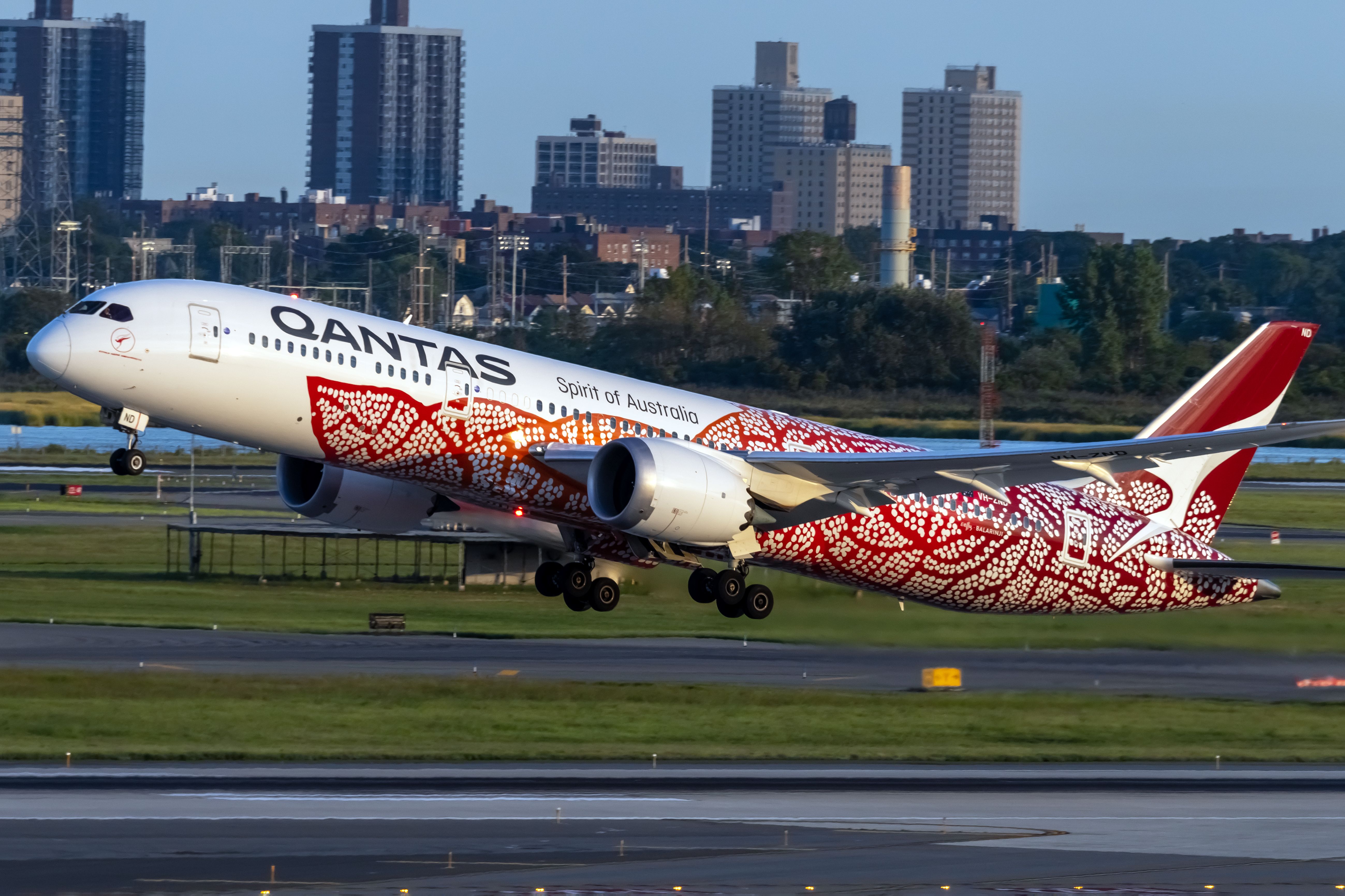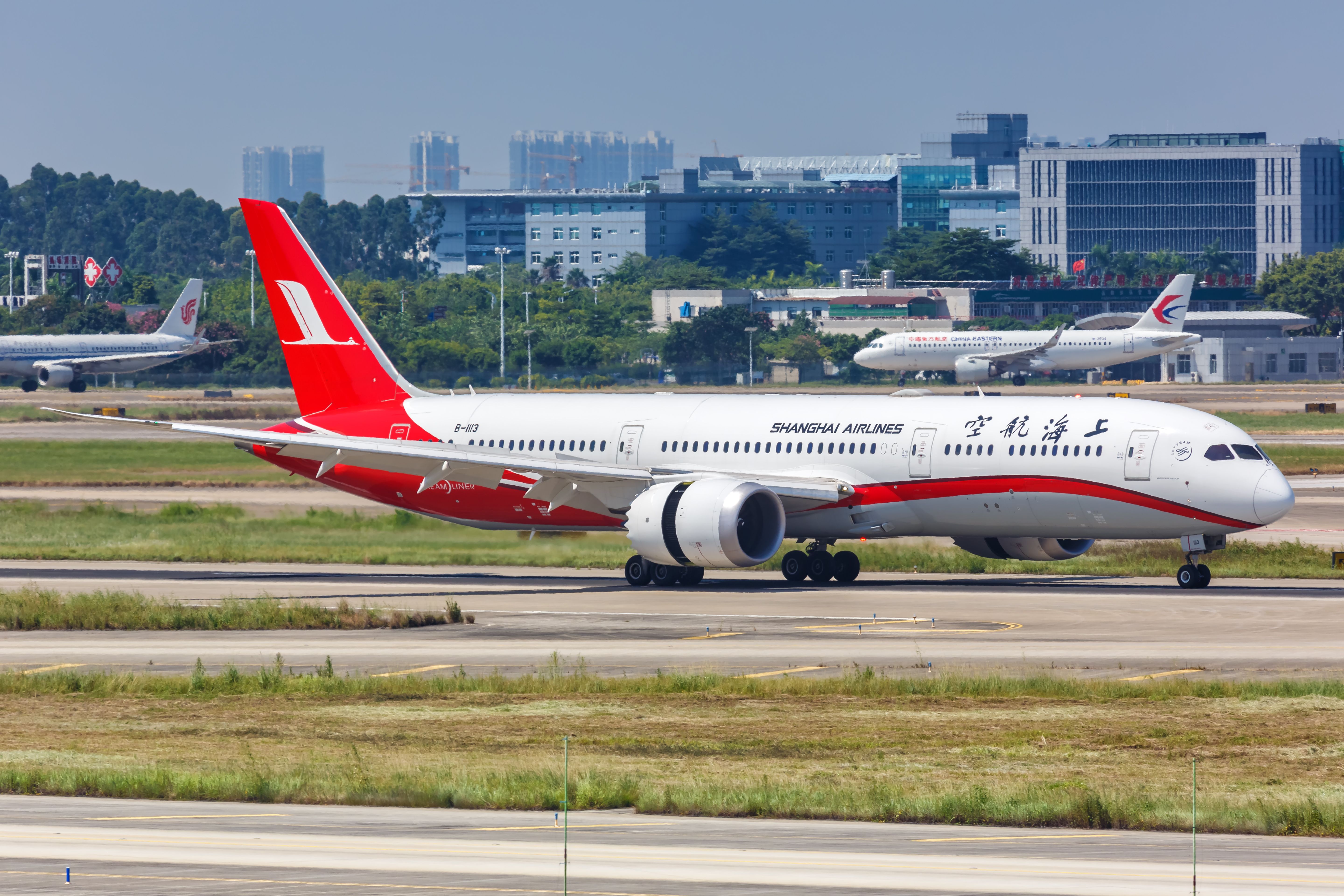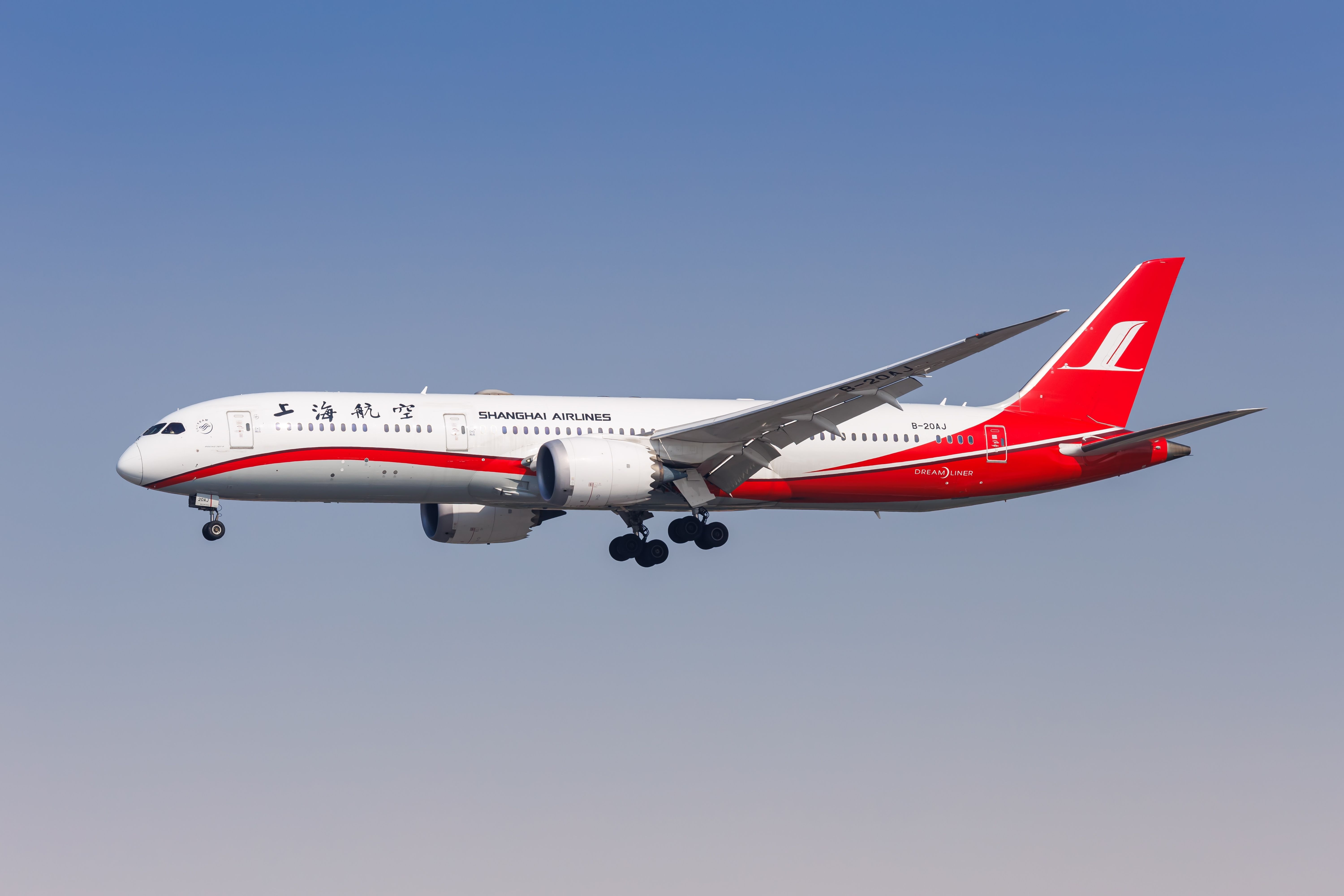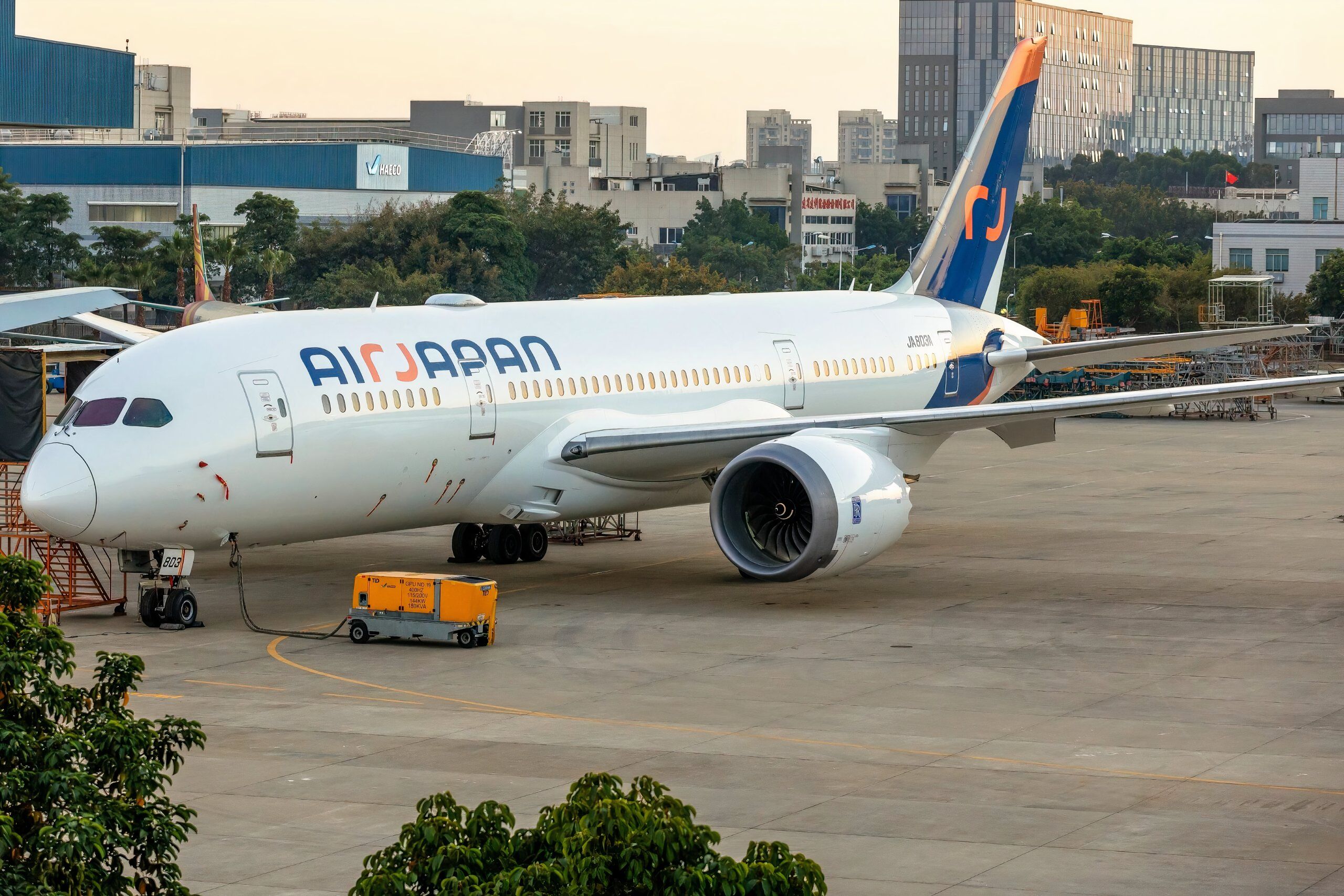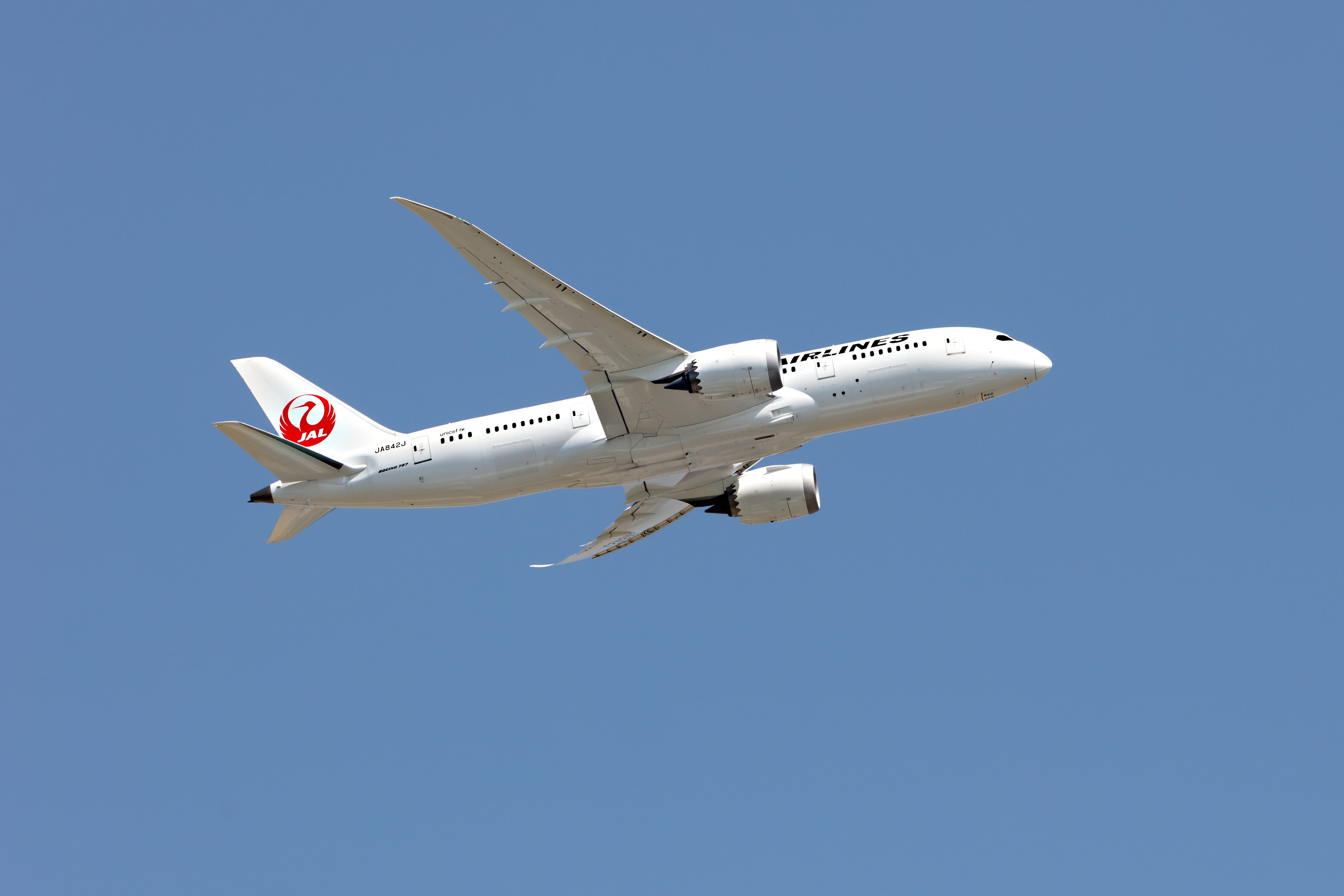When Boeing announced the 787, then designated as the 7E7, in January 2003, the plane maker touted that the twin-aisle jet would be able to carry 200 to 250 passengers between 7,000 nautical miles (12,964 kilometers) and 8,000 NMI (14,816 km) once it entered service in 2008.
While one might think that only the latter part, namely the entry-into-service (EIS) date, was a bit of a stretch in hindsight, in actuality, the average stage length of the Boeing 787 has also been much lower.
Photo: Qantas
That is not to say that either of the 787 variants, whether it would be the 787-8, 787-9, or 787-10, are not capable of operating long-range flights, with the perfect example being Qantas’ ‘Project Sunrise’ testing flights, but the average stage length of a 787 was 2,820 NMI (5,224 km) in November.
Short stage length
According to data from the aviation analytics company Cirium, airlines’ November schedules showed that the average stage length was 2,820 NMI (5,224 km), despite the longest average stage length being filed by Qantas, with the average airline’s flight with the 787 being 6,109 NMI (11,310 km).
Photo: Vincenzo Pace | Simple Flying
|
Longest average stage length scheduled in November |
Shortest average stage length scheduled in November |
|
|
Distance |
6,109 NMI (11,310 km) |
1,367 NMI (2,533 km) |
|
Airline |
Qantas |
Shanghai Airlines |
Meanwhile, the shortest was Shanghai Airlines’ 787 network. In November, the China-based airline scheduled 108 weekly flights with the type, with its longest route being from Ningbo Lishe International Airport (NGB) to Budapest Ferenc Liszt International Airport (BUD).
Photo: Markus Mainka | Shutterstock
However, its shortest flight with the 787 is just 80.9 NMI (150 km), with a flight from Ningbo being the culprit. The very short itinerary moves the airline’s 787s from the city to Shanghai Pudong International Airport (PVG).
Interestingly, it is not filed as a single one-stop itinerary. Flight FM898 originates in Budapest and lands in Ningbo, while flight FM9276, twice per week, flies to Shanghai-Pudong.
For example, on November 21, a 787-9, registered as B-208X, landed in Ningbo at 13:58 local time (UTC +8) and left for Shanghai-Pudong at 17:05, landing at the latter at 17:41.
Photo: Markus Mainka | Shutterstock
Just a few hours later, the same 787-9 departed for Melbourne Airport (MEL) for a 10-hour and 39-minute flight MU737 that was operated on behalf of China Eastern Airlines.

Related
Shanghai Airlines Goes All-Boeing With Removal Of Last Airbus A330-300
The carrier has transformed to an entirely Boeing fleet.
Japanese domestic network
Another reason the average 787 stage length is relatively short is the number of domestic flights Japanese airlines operate with the type.
Two Japanese carriers, namely All Nippon Airways (ANA), which took delivery of the very first 787-8 in September 2011, with the aircraft now having been transferred to its long-haul low-cost subsidiary AirJapan, and Japan Airlines, have scheduled weekly domestic flights with the type.
Photo: AirJapan
In total, the two airlines have scheduled 977 weekly departures with the type on domestic itineraries in November, with the average stage length being 489.8 nautical miles (907.2 kilometers). Considering that there are 14,095 weekly flights with the 787 in November, the Japanese domestic market represents 6.9% of the total weekly flight volume with the Dreamliner.
Photo: Abdul N Quraishi – Abs | Shutterstock
|
Stage length |
Weekly Boeing 787 flights (November) |
% of total |
|
Between 0 and 2,000 NMI (1,852 km) |
3,010 |
21.35% |
|
Between 2,000 NMI and 4,000 NMI (7,408 km) |
7,303 |
51.81% |
|
Between 4,000 NMI and 6,000 NMI (11,112 km) |
3,310 |
23.48% |
|
Above 6,000 NMI |
472 |
3.34% |
|
Total |
14,095 |
➖ |
At the same time, Japanese carriers also utilize a whole host of widebodies for their domestic network. Out of the 16,558 weekly flights between Japanese airports in November, 2,931, or 17.7%, will be operated by twin-aisle jets.
Photo: motive56 | Shutterstock
This includes aircraft such as the Airbus A350-900, Boeing 767, 777-200, 777-300, 777-300ER, 787-8, 787-9, and 787-10.

Related
Top 5: The World’s Busiest Domestic Air Routes By Seats In 2023
Strikingly similar to the busiest domestic routes of years past.
Other domestic networks
Splitting the data further shows that around half, or 7,110 out of 14,095, flights with the 787 in November will be shorter than 2,699 NMI (5,000 KM). The most popular route within this range connects Tokyo Haneda Airport (HND) with Osaka International Airport (ITM), with both ANA and Japan Airlines scheduling 110 weekly one-way departures on the route.
Within China, for example, the 787 is scheduled to operate 884 domestic weekly departures, while 3,804 weekly itineraries are set to be flown with all types of widebodies.
Photo: Vincenzo Pace I Simple Flying
However, widebody flights on domestic routes in China are fairly uncommon, with only 4.2% of the total weekly schedule being operated by twin-aisle aircraft.
In the US, the three 787 operators, namely American Airlines, Hawaiian Airlines, and United Airlines, have scheduled even fewer domestic flights with the type, namely 318 per week.
Photo: Lukas Wunderlich | Shutterstock
The carriers’ 787 domestic network in November is displayed below, with the maps showcasing American Airlines, Hawaiian Airlines, and United Airlines’ routes, respectively:
At the other end of the spectrum, there are quite a few long-haul routes operated by 787s. On routes above 6,000 NMI (11,112 km), there are such itineraries as Qantas’ flight from Perth Airport (PER) to London Heathrow Airport (LHR) or its itinerary from Melbourne Airport (MEL) to Dallas/Fort Worth International Airport (DFW).
Photo: Toshi K | Shutterstock
The longest non-Qantas-operated flight is Air New Zealand’s direct flight from Auckland Airport (AKL) to New York John F. Kennedy International Airport (JFK), while the longest non-Oceania route operated by the 787 is United Airlines’ itinerary from San Francisco International Airport (SFO) to Singapore Changi Airport (SIN) at 7,334 NMI (13,583 km).

Related
Analysis: The Longest Scheduled Boeing 787 Flights From The US In 2024
The lengthiest clocks in at almost 9,000 miles!




